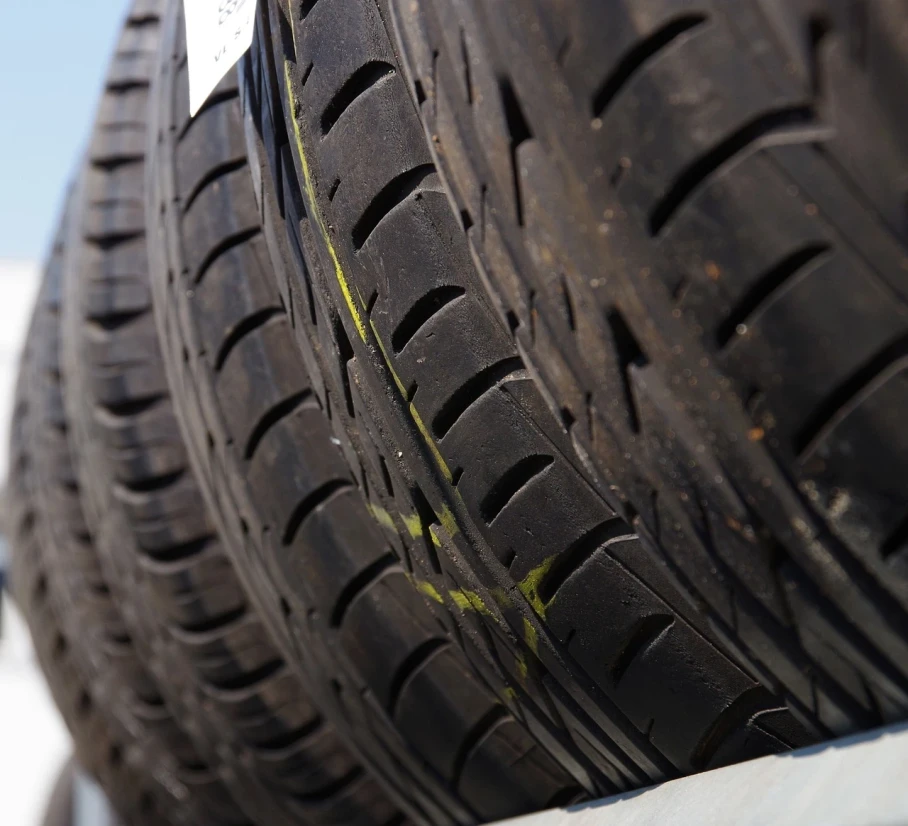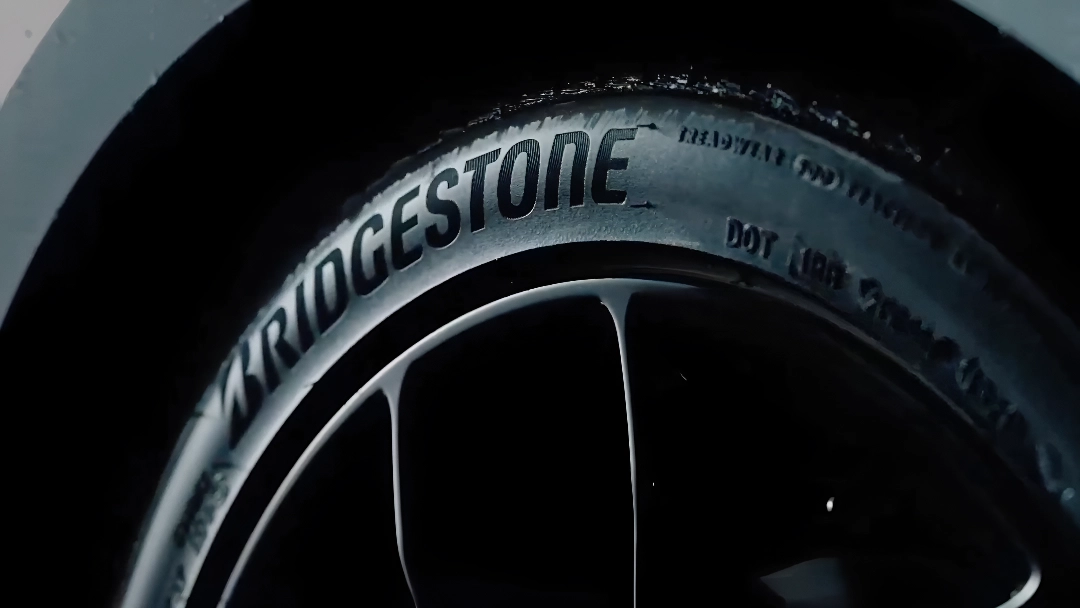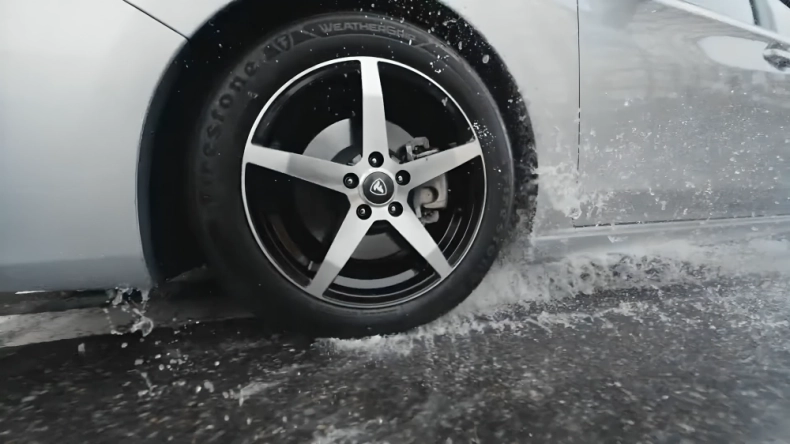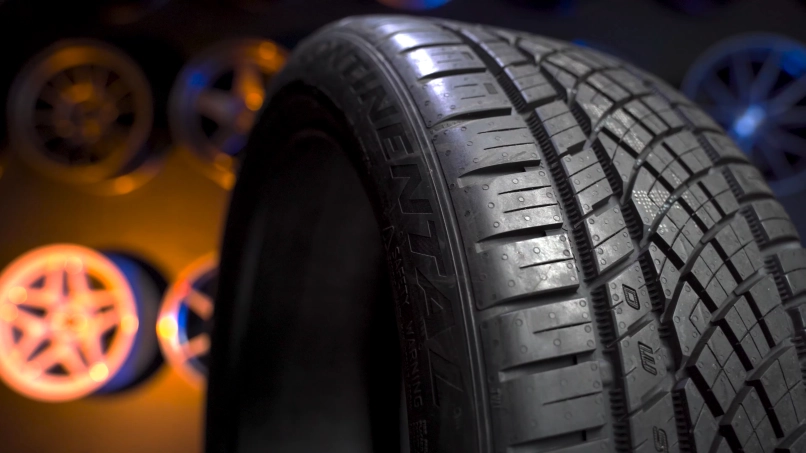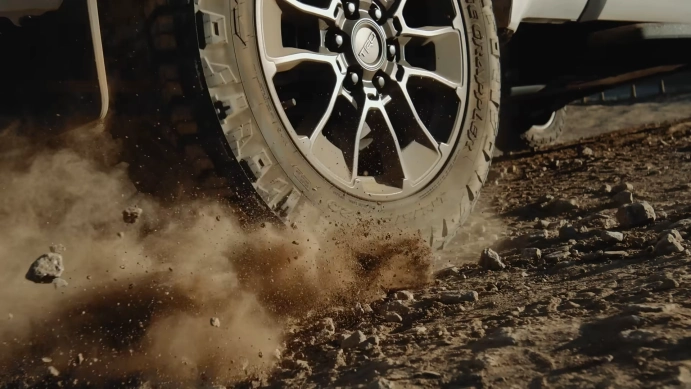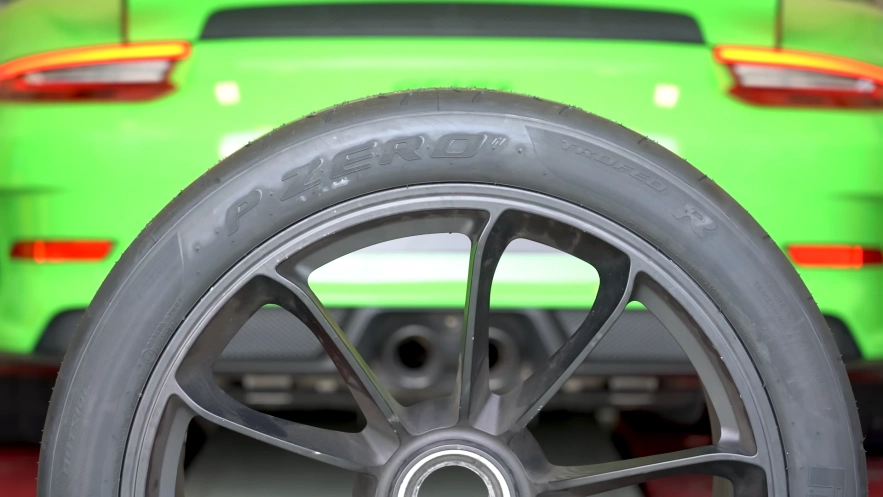The Tire Showdown You Can’t Ignore
Tires are more than just rubber meeting the road—they are the silent guardians of safety, the unseen force behind every smooth ride, and the difference between ordinary and extraordinary driving experiences. When it comes to premium tires, two names stand as giants in the industry—Yokohama and Michelin. For decades, these titans have battled it out on the streets, racetracks, and even the most grueling off-road trails, each striving to outshine the other in performance, longevity, and state-of-the-art technology technology.
Michelin, the storied French manufacturer, boasts a history dating back to 1889 when it pioneered radial tires, a revolutionary design that changed the industry forever. Yokohama, a powerhouse born in Japan in 1917, has carved out a legacy of precision engineering, making waves with motorsport innovations and sustainable technology. But beyond their rich histories lies a deeper question—which brand truly delivers the best tires for your needs?
Join us on an in-depth journey through the legacies, innovations, and performances of Yokohama and Michelin. Whether you’re a casual driver, an off-road adventurer, or a speed enthusiast, this showdown will help you decide which tire brand deserves a place on your vehicle.
A Legacy of Innovation: The Driving Forces Behind Yokohama & Michelin
Yokohama: The Japanese Precision Powerhouse
Founded in 1917, Yokohama Rubber Company started as a small operation and grew into a global leader in tire manufacturing. The company’s commitment to precision and advanced engineering has led to the development of some of the most trusted performance and all-season tires in the world.
Their focus on eco-friendly technologies is evident in their BluEarth tire lineup, which enhances fuel efficiency and reduces carbon footprints without sacrificing performance.
Yokohama has been a staple in motorsports, with a strong presence in GT racing, drifting, and rally championships. This competitive edge translates into consumer-grade tires that emphasize grip, handling, and speed. The company’s aspirations go beyond just making tires—they aim to set new industry standards in sustainability, performance, and safety.
Michelin: The French Pioneer of Tire Technology
Michelin’s journey began in 1889 in Clermont-Ferrand, France, with a bold vision to revolutionize the tire industry. The brand’s relentless pursuit of innovation led to the creation of the first radial tire in 1946, an invention that dramatically improved fuel efficiency, tread life, and overall performance. Over the decades, Michelin has maintained its reputation as a pioneer, introducing run-flat tires, self-sealing technology, and 3D siping for better winter performance.
Michelin has also played a major role in space exploration, developing tires for NASA’s space shuttle program. Its dedication to research and development fuels its mission to produce 100% sustainable tires by 2050, setting a new benchmark for the future of mobility.
The brand’s status as a premium tire manufacturer is evident in its reputation for producing some of the longest-lasting and safest tires on the market.
Tire Evolution: From the Past to the Present
Tires have undergone an incredible transformation over the last century. From the early days of bias-ply tires, which provided durability but limited handling, to the revolutionary radial tire that Michelin introduced in the 1940s, the industry has consistently sought ways to improve performance, safety, and sustainability.
- Material Advancements: Both Yokohama and Michelin use silica-infused tread compounds to enhance grip and longevity. Michelin’s EverGrip technology allows for self-regenerating tread patterns, improving traction as the tire wears. Yokohama, on the other hand, integrates nano-blend compounds to create a balance between flexibility and strength.
- Tread Design: Yokohama excels in producing tires with aggressive tread patterns for sporty and off-road applications, whereas Michelin’s focus is on precise tread engineering that improves water evacuation and braking performance.
- Eco-Friendly Innovations: Yokohama’s BluEarth series and Michelin’s Green X technology aim to reduce rolling resistance and increase fuel efficiency, helping drivers save on fuel costs and reduce environmental impact.
Performance Breakdown: Who Comes Out on Top?
1. Traction & Handling
- Michelin tires provide outstanding dry and wet traction, particularly in their Pilot Sport lineup, which is known for extreme grip and cornering stability. These tires incorporate adaptive tread compounds and asymmetric tread designs that enhance road contact, reducing skidding and improving overall responsiveness, whether on dry highways or rain-soaked streets.
- Yokohama tires like the ADVAN series are designed with racing-inspired technology, offering precise steering response and exceptional high-speed control. These tires utilize multi-layer tread compounds to maintain flexibility in different temperatures, ensuring drivers experience stable cornering and quick braking in all conditions.
2. Ride Comfort & Noise Reduction
- Michelin’s Comfort Control Technology integrates sound-absorbing materials into its tread design, resulting in one of the quietest and smoothest rides on the market. The brand’s focus on reducing vibration and road noise ensures a luxurious driving experience, particularly in touring and all-season tires.
- Yokohama tires, while slightly firmer due to their performance-oriented nature, still offer an enjoyable ride. Their SilentWall technology, found in models like the Avid Ascend GT, helps minimize noise by reducing air turbulence within the tread grooves.
3. Off-Road Capability
- Yokohama’s Geolandar A/T G015 is a top choice for adventure enthusiasts, providing durability and traction on dirt, gravel, and even light mud. With deep, interlocking tread blocks and triple polymer construction, these tires resist wear and punctures while maintaining stability on rough terrain.
- Michelin’s LTX A/T2, on the other hand, offers better overall longevity and a smoother highway ride, making it ideal for drivers who balance off-road travel with regular on-road use. Its optimized tread pattern and reinforced sidewalls ensure a strong grip on uneven surfaces while reducing vibrations at high speeds.
4. Wet & Snow Performance
- Michelin’s X-Ice and Pilot Alpin series will deliver superior winter grip, utilizing advanced siping patterns and flexible rubber compounds designed to stay pliable in freezing temperatures. These tires provide excellent stopping power and stability in icy and snowy conditions.
- Yokohama’s iceGUARD lineup is engineered for deep snow and wet conditions, featuring wide circumferential grooves to channel water away efficiently. While they offer great performance, they tend to have slightly higher rolling resistance than Michelin’s winter tires, impacting fuel economy.
5. Fuel Efficiency
- Michelin’s Energy Saver A/S series emphasizes fuel economy with low rolling resistance tread designs, reducing fuel consumption by up to 8% compared to traditional tires. This makes them a favorite for hybrid and fuel-conscious drivers.
- Yokohama’s BluEarth series also reduces rolling resistance but leans slightly toward performance applications, meaning they balance efficiency with more aggressive handling capabilities.
6. Durability & Treadwear
- Michelin tires excel in longevity, often lasting 20% longer than competitors due to EverGrip technology, which maintains grip as the tread wears down.
- Yokohama tires, while slightly faster-wearing, maintain consistent traction throughout their lifespan, making them a strong contender for performance enthusiasts.
7. Cost & Value
- Michelin’s premium pricing is justified by its long tread life, superior comfort, and excellent warranties.
- Yokohama delivers affordable, high-performance options, making them a solid choice for drivers seeking performance on a budget.
Here’s a generalized comparison of Michelin and Yokohama tires across five key performance categories, expressed as percentages (where 100% represents the theoretical peak performance for any tire).
The ratings you will see are a result of approximations based on aggregated expert reviews, specially devised tire performance tests, industry benchmarks, and brand reputation across their entire product ranges.
These scores are relative to a theoretical maximum (100%) and represent the brands’ entire product ranges. Specific models may outperform these averages.
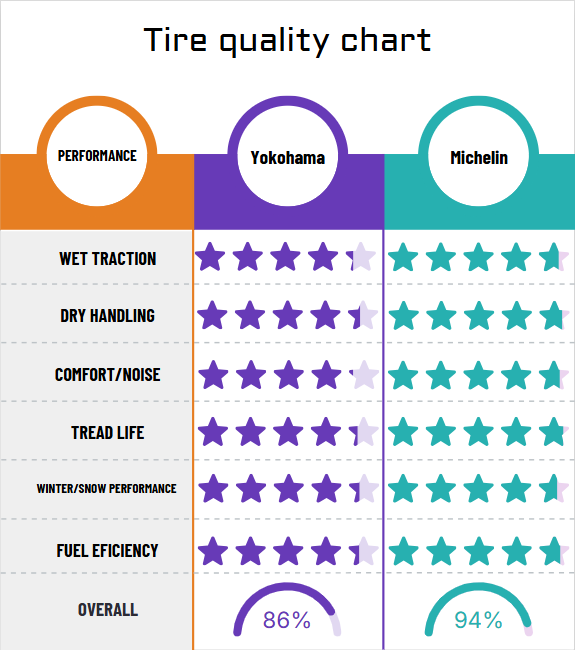
Michelin (94%) is the premium all-rounder, excelling in safety, refinement, and longevity. Its R&D focus on cutting-edge compounds and eco-efficiency justifies its higher price.
Yokohama (86%) is the sporty value brand, offering spirited handling and green innovations at lower costs, but sacrificing some comfort and wet performance.
Final Verdict: Which Should You Choose?
When it comes to selecting between Michelin and Yokohama, the decision largely depends on what you’re looking for in a tire. Both brands offer exceptional quality, but each has distinct characteristics that cater to different driving needs.
Michelin: Premium Comfort and Longevity Michelin is the clear choice for those who value a long-lasting, smooth, and quiet ride. With decades of tire innovation under their belt, Michelin delivers superior longevity, often outlasting competitors by up to 20%.
If you’re after a tire that balances everyday comfort with impressive safety features, Michelin shines with its advanced technologies, like EverGrip and Comfort Control, that ensure a comfortable, vibration-free ride.
Michelin tires are ideal for drivers who want peace of mind on long road trips, regardless of the weather conditions. The brand’s strong focus on fuel efficiency and environmental sustainability also makes it a top pick for eco-conscious drivers. Plus, Michelin’s wide selection of tires, ranging from performance models to winter-specific ones, makes it a versatile brand for a variety of driving needs.
Positives:
- Long lifespan and durability
- Quiet, smooth ride with Comfort Control Technology
- Exceptional wet and winter performance
- Strong fuel efficiency for cost savings
- High safety ratings with cutting-edge tread technology
Yokohama: Performance and Value On the other hand, if you’re someone who craves performance, handling, and off-road capability at a more affordable price point, Yokohama offers fantastic options.
Their ADVAN and Geolandar series are geared towards performance enthusiasts and adventurers, with racing-inspired technology that delivers unmatched precision and control, whether on the street or rough terrain.
Yokohama’s BluEarth line also provides an eco-friendly solution for those looking to reduce their carbon footprint without sacrificing handling.
While Yokohama tires may not last as long as Michelin’s, they excel in providing excellent traction, especially in dynamic and high-speed driving situations, making them ideal for drivers who prioritize performance over pure longevity. Additionally, their aggressive tread patterns make them a great choice for those who take their vehicles off-road or into challenging driving conditions.
Positives:
- High-performance tires with racing-inspired technology
- Superior handling, especially in dry conditions
- Excellent off-road capabilities
- More budget-friendly while still offering solid quality
- Eco-friendly options with BluEarth technology
Conclusion
Whether you’re embarking on a cross-country road trip, tearing up the racetrack, or exploring rugged trails, the choice between Michelin and Yokohama comes down to your driving style, preferences, and priorities.
Michelin delivers a refined, long-lasting experience with premium comfort and safety, while Yokohama brings raw performance, innovative engineering, and great value for those who demand more from their tires.
Choose wisely, and let your tires be the foundation of every exhilarating journey ahead!

